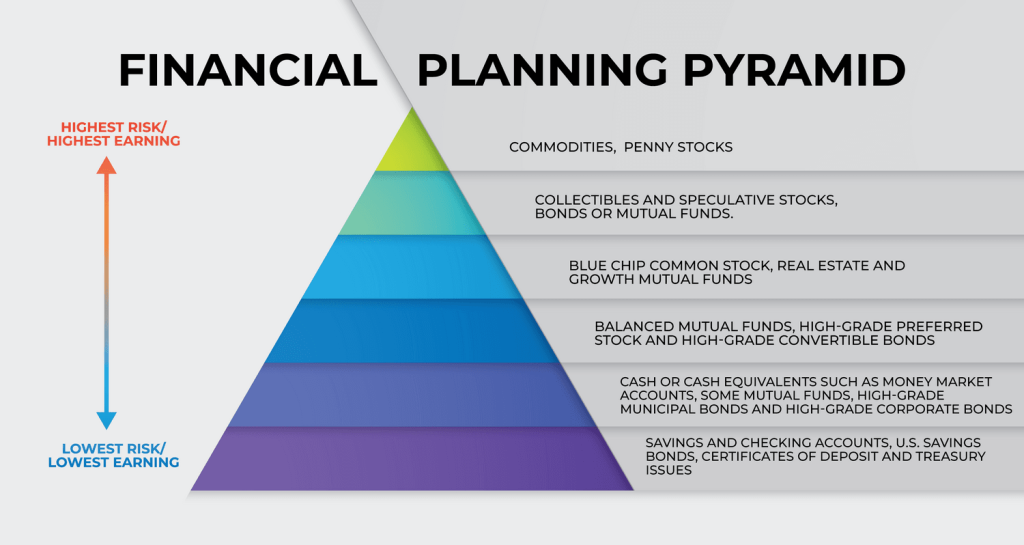Market volatility can feel like a rollercoaster—one day, stocks are soaring, and the next, they’re in freefall. If you’ve ever found yourself second-guessing your investments during these swings, you’re not alone. The good news? Volatility doesn’t have to be your enemy. With the right strategy, you can use it to your advantage.
That’s where hybrid funds come in. By combining equity and debt instruments, these funds offer stability while ensuring potential growth.
In this article, we will understand why hybrid funds are a smart choice in volatile markets and the different types you can consider.
Why Hybrid Funds Are Ideal for Volatile Markets?
Hybrid funds are versatile investment tools that combine equity, debt, and other asset classes, offering a diversified approach. This flexibility makes them particularly appealing during uncertain times, as they can adapt to changing market conditions and potentially reduce overall portfolio volatility. Here’s why they are suitable during uncertain times:
- Risk Mitigation – By combining equity and debt, hybrid funds reduce overall risk compared to pure equity funds.
- Stable Returns – The debt component of these funds makes sure that you receive a stable income, even when equity markets are volatile.
- Dynamic Asset Allocation – Many hybrid funds dynamically adjust their asset allocation based on market conditions, helping you maximize returns while minimizing risk.
Types of Hybrid Funds to Consider in Volatile Markets
Hybrid funds come in different categories, each catering to specific investor needs and risk appetites. To make your research easier, you can compare mutual funds and choose the best hybrid funds from the various categories mentioned here-
1. Balanced Hybrid Funds
Balanced hybrid funds maintain a fixed allocation of 40-60% in equities and the remaining in debt instruments. These funds are ideal if you’re looking for moderate risk with stable returns. The equity portion provides capital appreciation, while the debt component cushions against downturns.
It is best for medium-risk investors who seek both growth and stability.
2. Aggressive Hybrid Funds
These funds allocate around 65-80% to equities and the rest to debt instruments. They are ideal if you can handle some volatility but still want a safety net from the debt allocation.
It is suitable for investors willing to take more risk for higher potential returns while still having some downside protection.
3. Conservative Hybrid Funds
Conservative hybrid funds invest primarily in debt (75-90%) and have a small equity component (10-25%). These funds are suitable if you prioritize capital protection with some exposure to equities for incremental growth.
It is best for retirees or low-risk investors who want better returns than fixed deposits but with relatively low volatility.
4. Dynamic Asset Allocation Funds (Balanced Advantage Funds)
These funds actively adjust their equity and debt allocation based on market conditions. When markets are expensive, they shift towards debt; when markets are cheap, they increase equity exposure.
It is suitable for investors looking for automatic asset allocation without manually timing the market.
5. Multi-Asset Allocation Funds
These funds invest in at least three asset classes, typically equities, debt, and gold. This diversification helps mitigate risks as different asset classes perform differently under various economic conditions.
It is suitable for those seeking broad diversification across multiple asset classes for better risk-adjusted returns.
6. Equity Savings Funds
Equity savings funds invest in a mix of stocks, debt, and arbitrage opportunities (profiting from price differences in markets). They offer equity-like returns but with much lower risk, making them a good alternative for conservative investors.
7. Arbitrage Funds
Arbitrage funds take advantage of price differences in the cash and derivatives markets. They are low-risk funds that generate returns through arbitrage opportunities rather than direct market movements.
It is ideal for conservative investors seeking better returns than liquid funds with minimal volatility.
Final Thoughts
Markets will always have ups and downs, but hybrid funds help manage risk while keeping your money growing. Whether you prefer higher returns with aggressive hybrid funds or more stability with conservative ones, there’s a hybrid fund to match your needs. Choosing the right one can help you navigate market volatility while staying on track with your financial goals.


